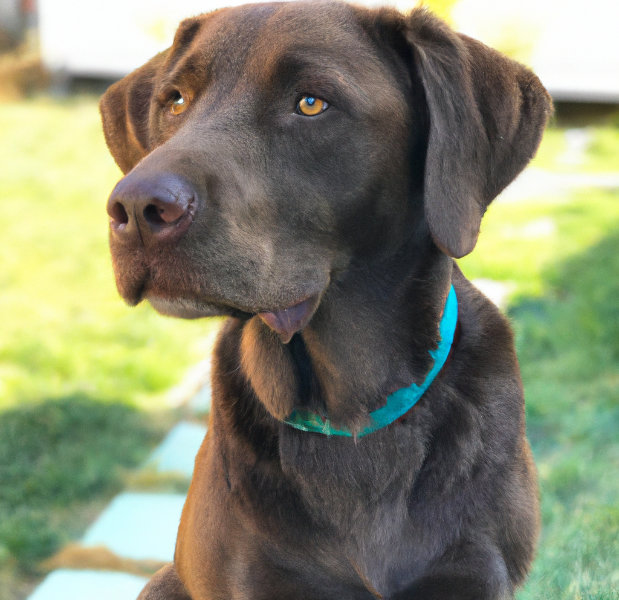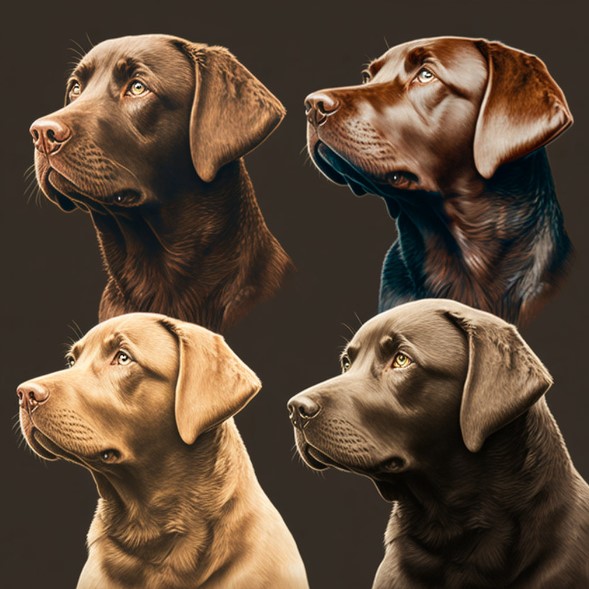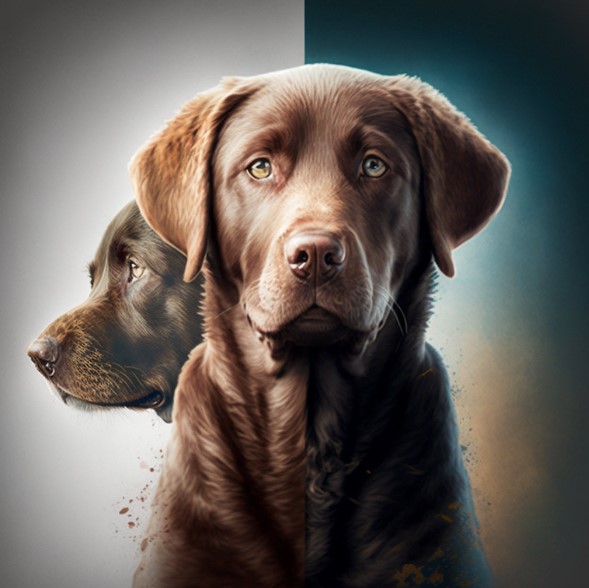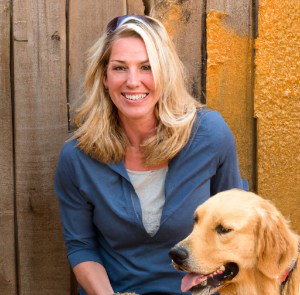January 16, 2023
Chesador dogs, a cross between a Chesapeake Bay Retriever and a Labrador Retriever, are a popular choice for sport and training dogs due to their intelligence, eagerness to please, and strong retrieving instincts. They are known for their versatility and excel in different types of sport activities such as hunting, agility, obedience, and water sports. […]





